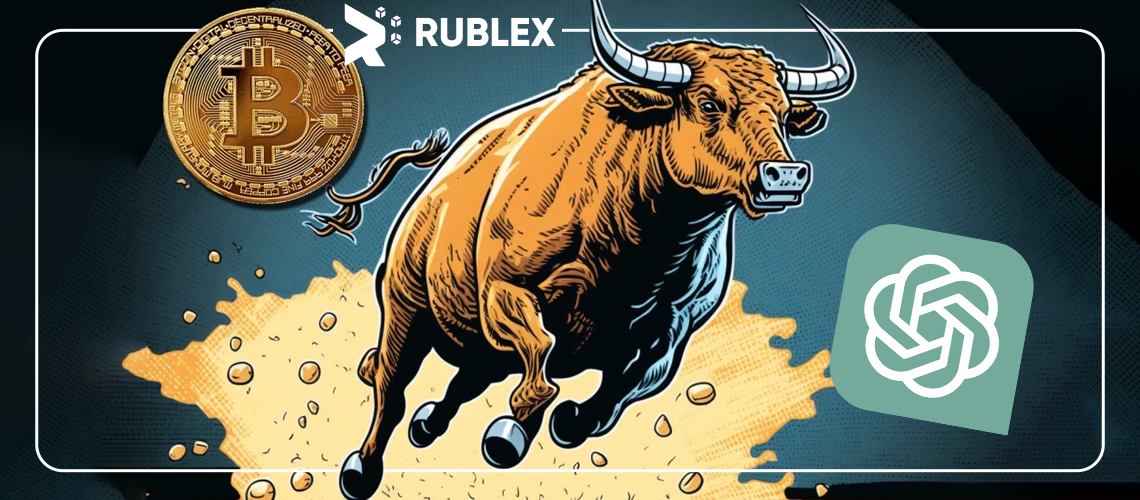When will the Bitcoin bull market occur? Let’s discover what ChatGPT has to say about it.
Artificial intelligence technology has made a significant impact on our lives this year, with chatbots like ChatGPT taking center stage. While they are commonly used to automate tasks and assist with mundane activities, it’s also intriguing to explore their insights on exciting topics that capture people’s interest.
In the cryptocurrency community, the next bull cycle has been a prominent subject of discussion. This is understandable considering we have been experiencing a bear market for quite some time, and people are eager to know when the next positive cycle will emerge. That’s precisely what we wanted to discuss with ChatGPT, so let’s see what it has to offer.
When will the Bitcoin Bull Run occur?
We have conducted various discussions on this topic, and those who follow us probably know that ChatGPT doesn’t provide immediate predictions with specific deadlines and terms. Instead, the AI presents important factors that can help determine the potential timeline of the next bullish cycle.
Some of these considerations include:
– Adoption and Use Cases
– Institutional Investment
– Regulation
– Macro-Economic Factors
– Technological Developments
These are just a few examples, but some of them warrant a closer examination. For instance, regarding institutions, ChatGPT mentioned:
“Regulatory developments can significantly impact the cryptocurrency market. Clear and favorable regulations can boost confidence and encourage investment, while unfavorable or uncertain regulations can have the opposite effect.”
Currently, there are ongoing legal cases involving the United States Securities and Exchange Commission and crypto-oriented companies such as Ripple. In fact, the outcome of that lawsuit is expected to have a significant influence on the entire industry.
In terms of technological developments, adoption, and use cases, the past year has witnessed Bitcoin’s network being utilized for various applications beyond finance. One notable example is Ordinals, a protocol that allows BTC’s blockchain to incorporate images and files, transforming them into Bitcoin-native non-fungible tokens (NFTs) of sorts.
Now, let’s address the elephant in the room. Bitcoin’s halving has historically been the most crucial event in defining market cycles for the entire cryptocurrency industry.
For those unfamiliar, the halving event occurs approximately every four years, reducing the block reward and consequently cutting the production of new BTC in half. This mechanism serves as Bitcoin’s built-in inflation control and has had a significant impact on market dynamics thus far.
Basic economic principles suggest that if the demand for an asset appreciates or remains stable while its supply decreases, its price should increase. That has been the case thus far.
The next Bitcoin halving is scheduled to take place in late Q1 or early Q2 of 2024, and historically, bull markets have tended to occur shortly after that.





